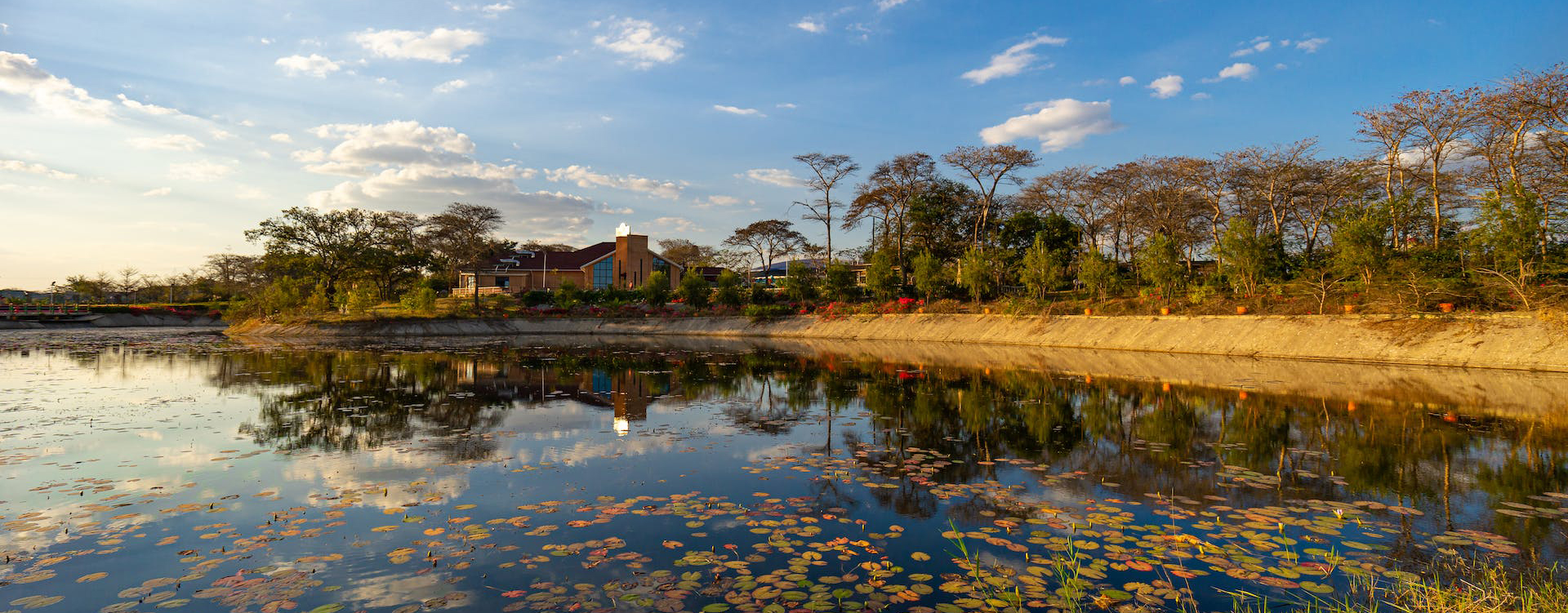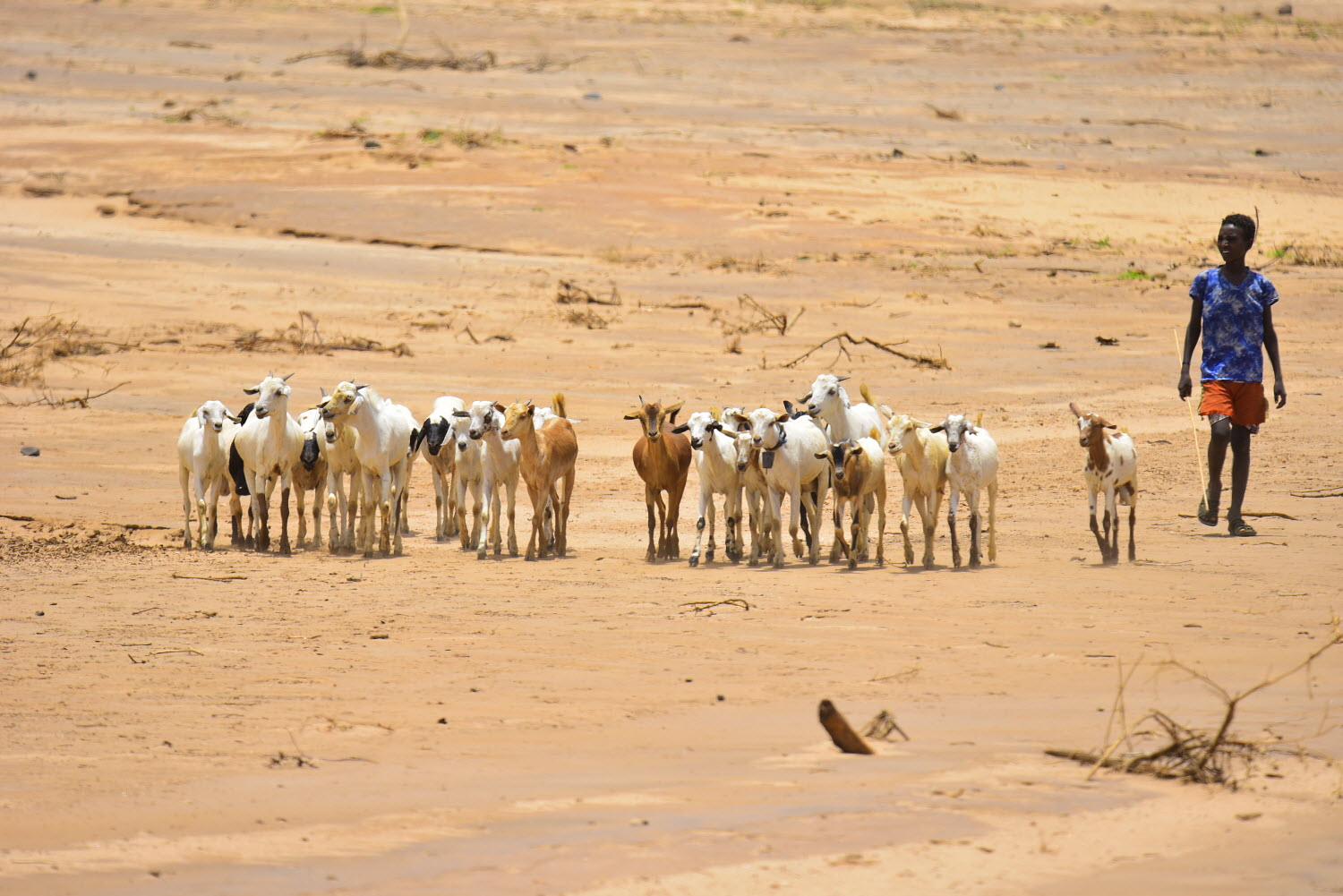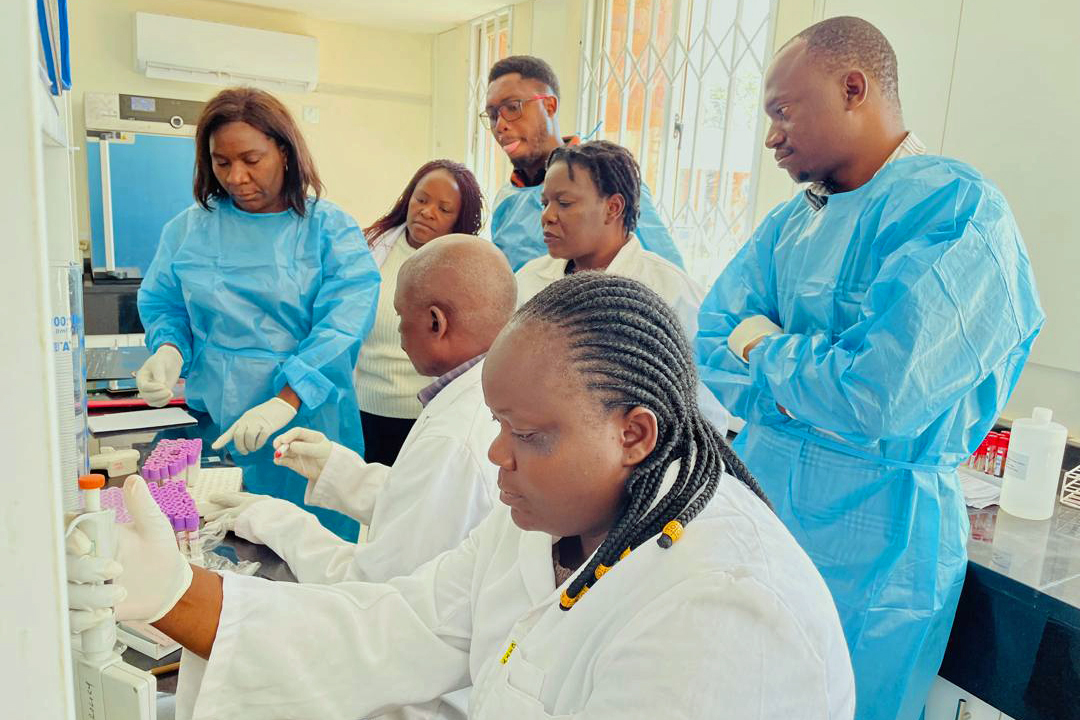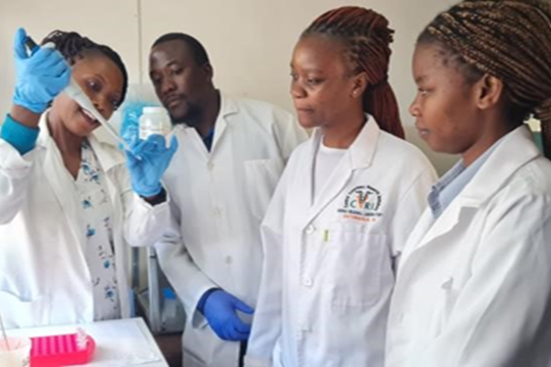
Multisectoral pandemic preparedness and response project in Zambia

The project aims to enhance the national capacity for surveillance, laboratory systems, and workforce readiness to effectively prepare for and respond to public health events, particularly those requiring a One Health approach. This includes addressing factors at the human-animal-environment interface and considering climate-related impacts. An integrated approach involving experts and professionals from various disciplines will be crucial for success.
Implementation arrangements and key components
The governance of the project will be co-chaired by FAO and WHO, with involvement from key stakeholders in human health, animal health, and environmental sectors. The Zambia National Public Health Institute (ZNPHI) will handle secretariat and coordination duties. Civil society groups, displaced and marginalized communities, and other vulnerable populations will be engaged in raising awareness and addressing their specific needs in pandemic prevention, preparedness, and response.
The project comprises three main components:
Strengthening surveillance and early warning systems
This component focuses on integrating reporting tools into a unified electronic Integrated Disease Surveillance and Response Platform, combining WHO-Net and the One Health Platform. It aims to improve surveillance and data sharing related to antimicrobial resistance (AMR), hospital-acquired infections, and infections in the animal sector. Sentinel sites (hospitals, clinics, and health centers) will be established or enhanced to provide real-time disease trend monitoring. Additionally, the component includes procurement of essential commodities, such as personal protective equipment, and strengthening surveillance at points of entry, including airports, ports, and ground crossings (WHO).
Strengthening laboratory systems
This component supports the procurement of reagents and consumables for pathogen identification, testing, and sequencing. It includes periodic training, technical support, and supervisory visits to ensure laboratory systems meet national and international standards. The focus will be on improving bacteriology testing, AMR sentinel surveillance, and expanding genome sequencing capacities in provincial labs. The component will also bolster biosafety and biosecurity measures and support existing sample transportation systems (FAO, WHO).
Strengthening the One Health workforce
This component will develop and implement a human resources surge strategic plan to enhance pandemic response capabilities. It involves creating an electronic roster of surge staff for managing emergencies at national and sub-national levels and providing training in essential skills. Medical microbiologists will receive training to address shortages in AMR, antimicrobial stewardship, and infection prevention and control. The component also aims to utilize existing telementoring platforms for cost-effective capacity building in pandemic preparedness and response (FAO, WHO).
Expected outcomes
The project is expected to achieve several key outcomes, including enhanced surveillance and response systems, improved coordination for public health event management, development of a multi-disciplinary workforce for rapid disease detection and containment, and increased surge capacity for addressing public health emergencies.
Implementing Entities
FAO, WHO
Priority areas
- Surveillance systems
- Laboratory systems
- Human resources / workforce strengthening
Total budget
USD 18,874,603
Total co-financing
(in kind and cash)
USD 13,000,000
Total co-investment
(in kind and cash)
USD 1,500,000
Find out more

Projects
FAO and the Pandemic Fund
FAO is co-leading the implementation of 32 Pandemic Fund projects worth over USD 165 million aimed to boost local and global health security.


